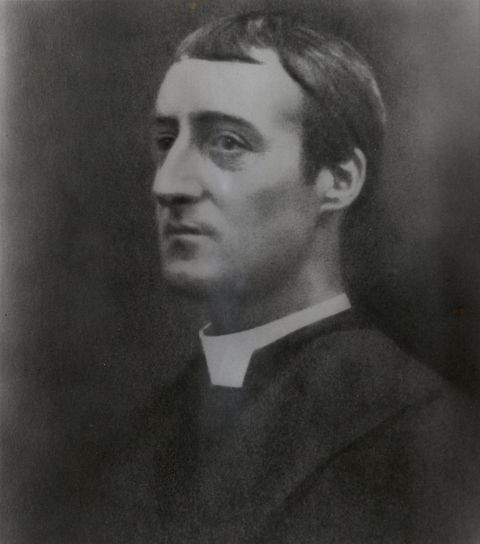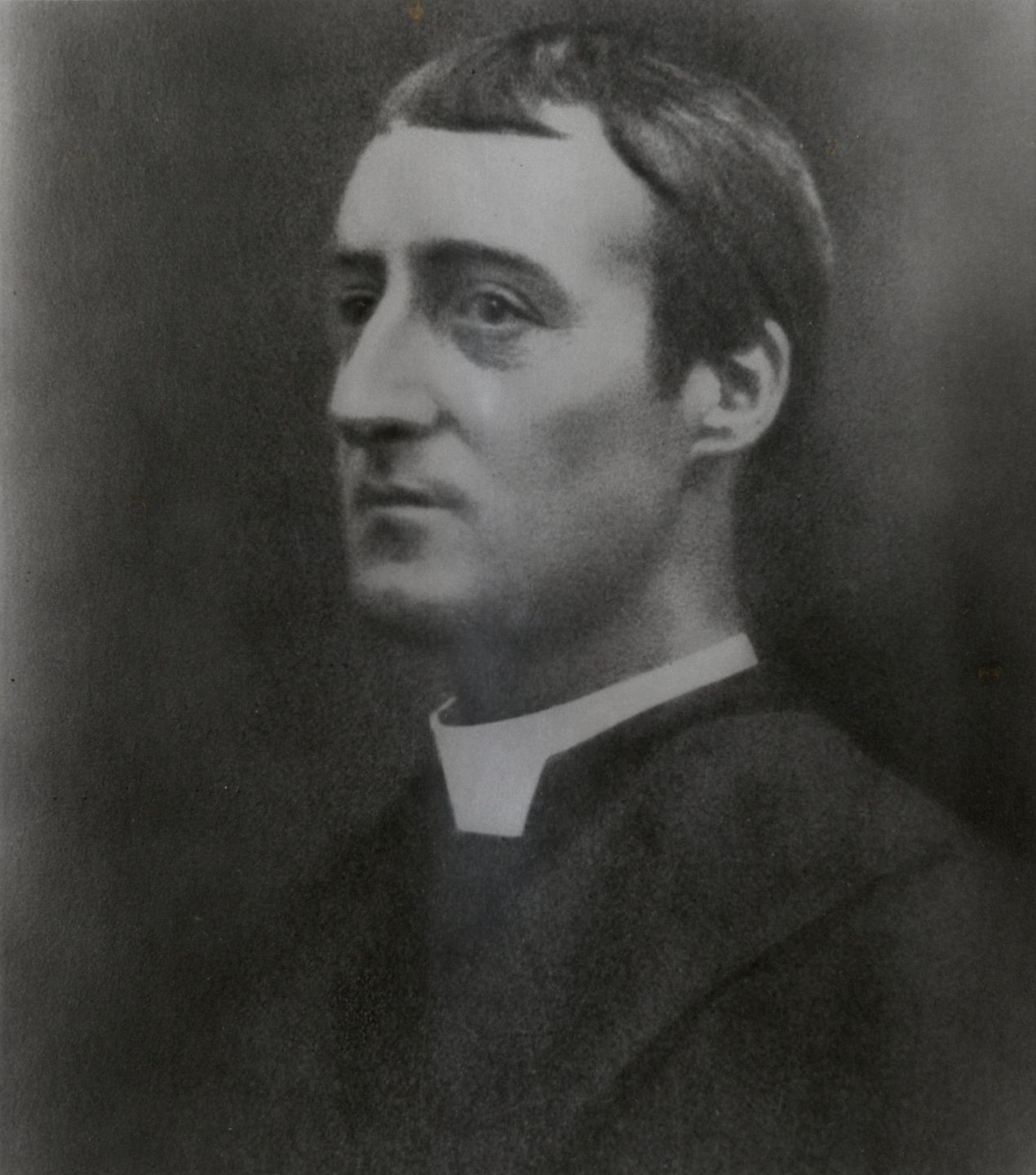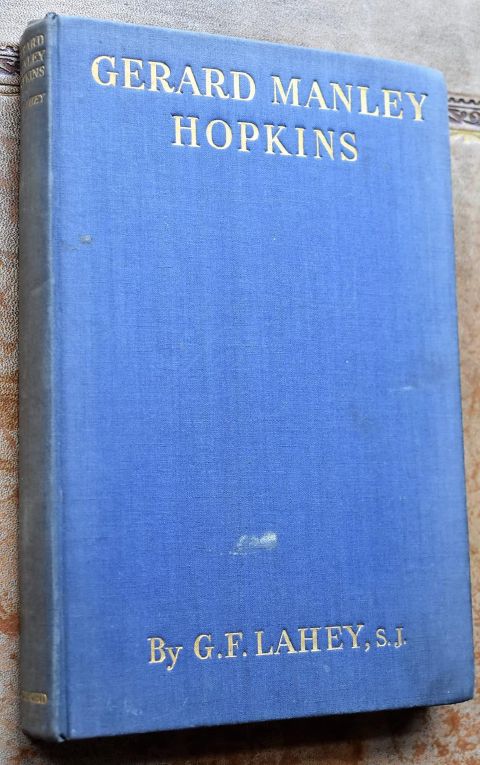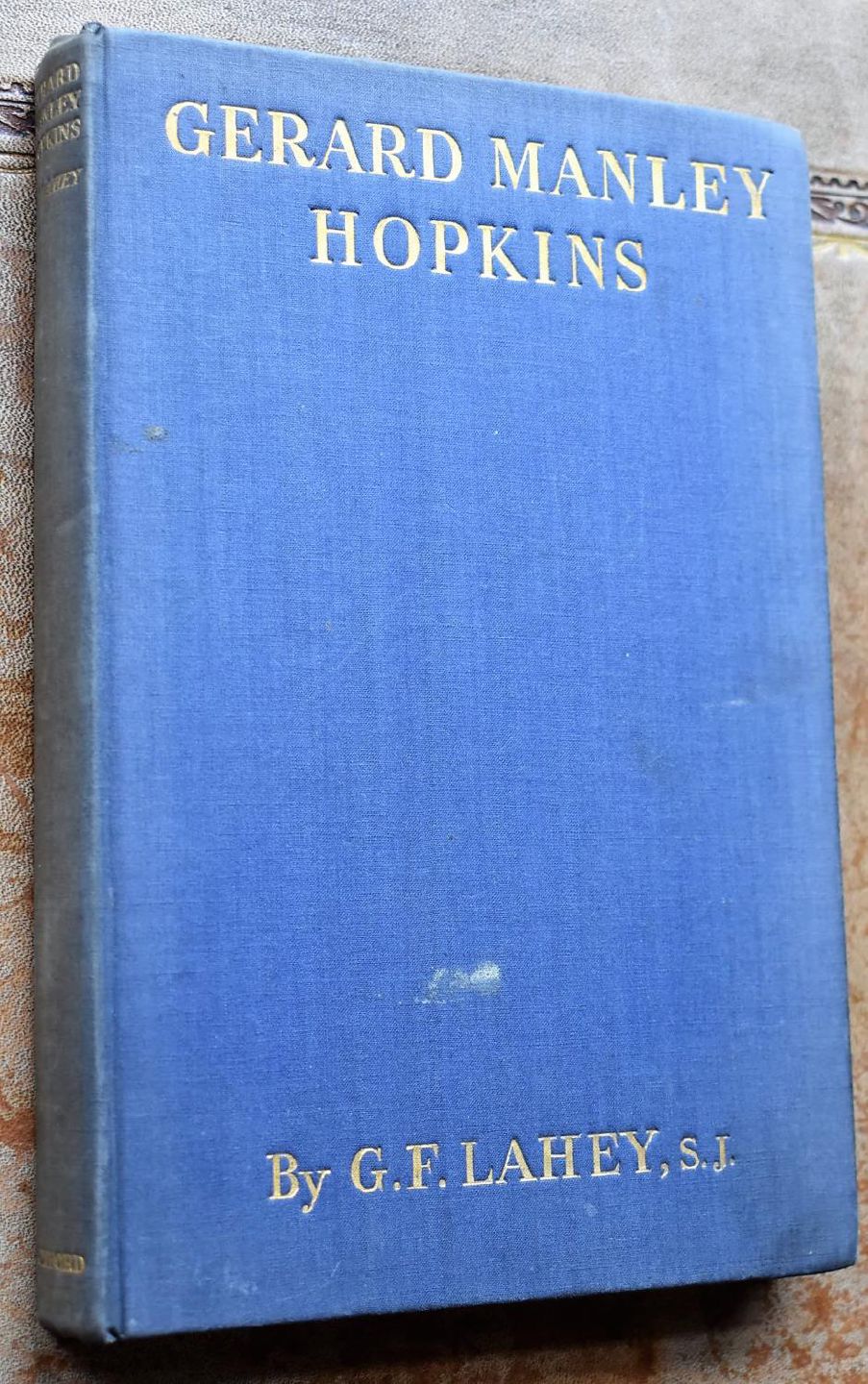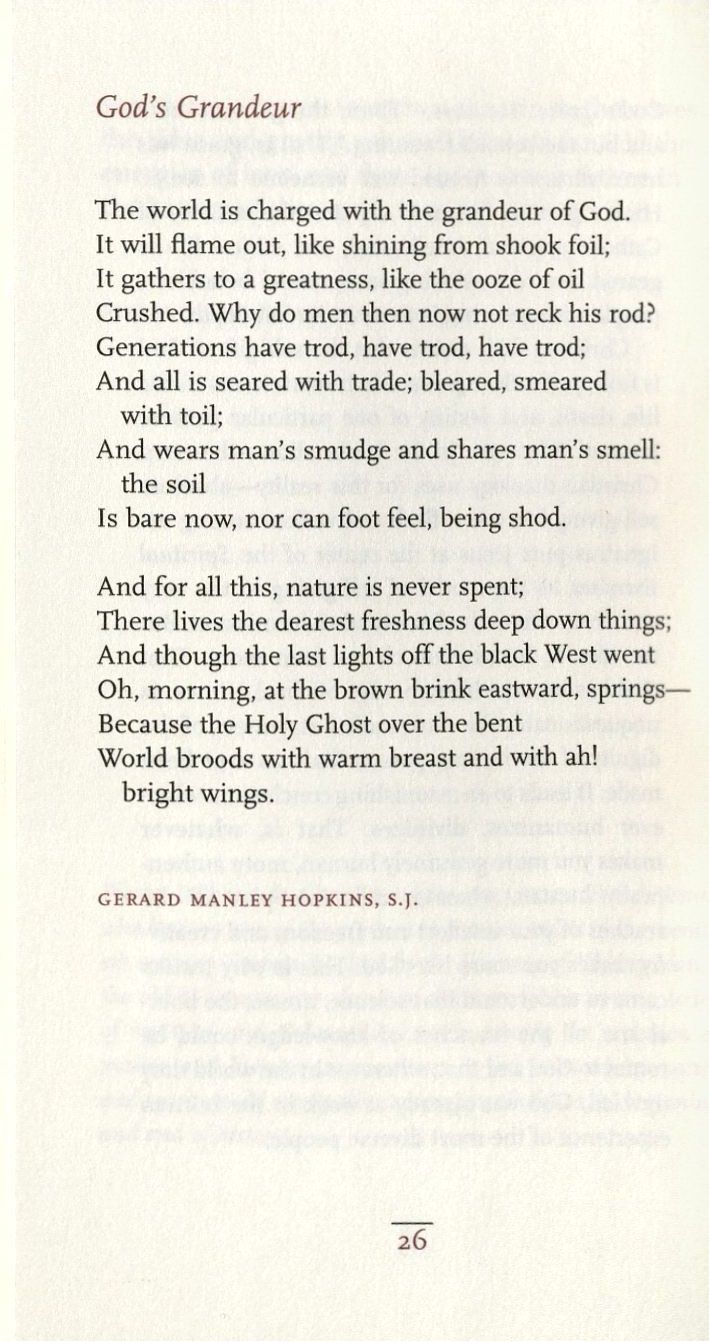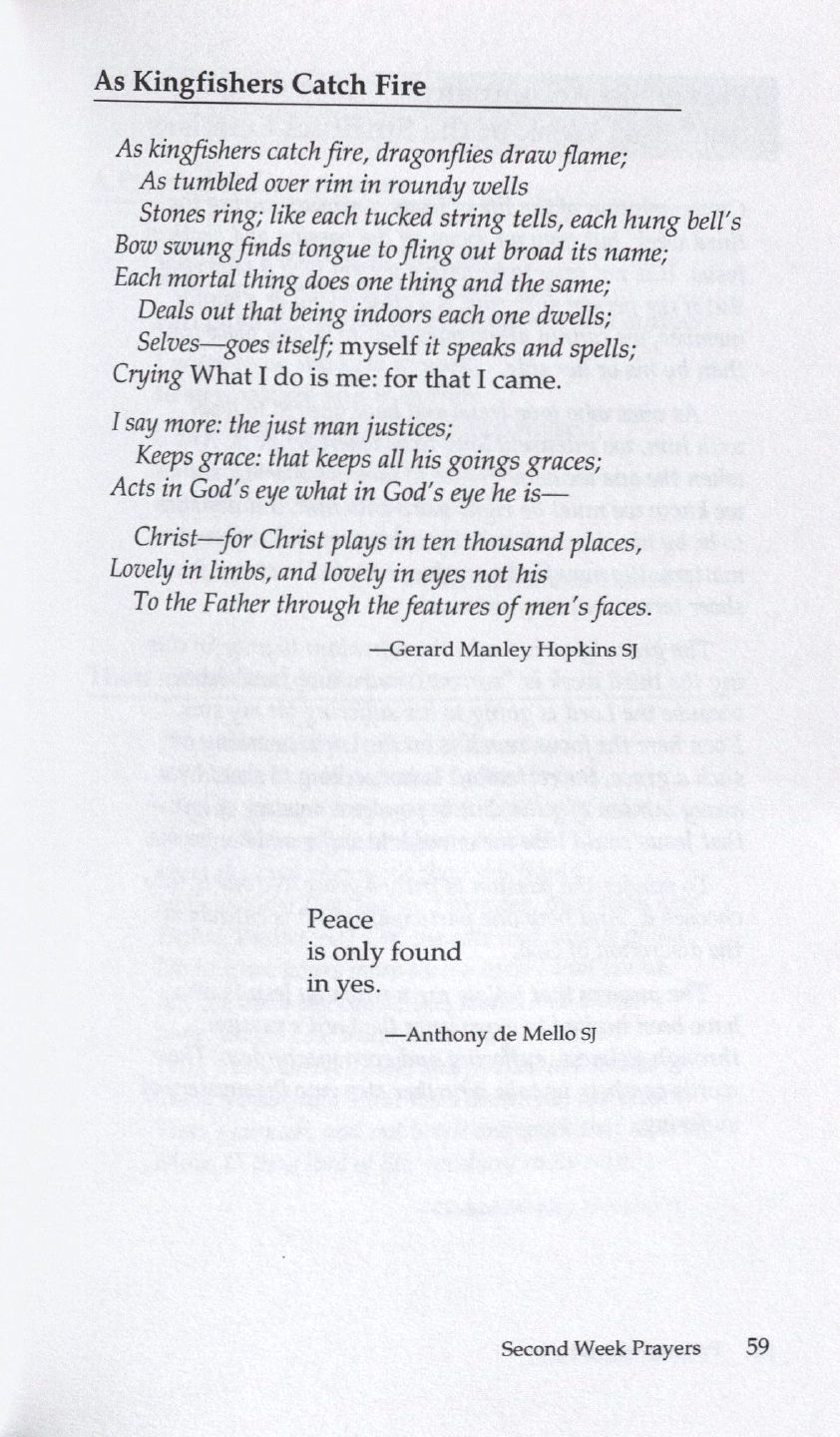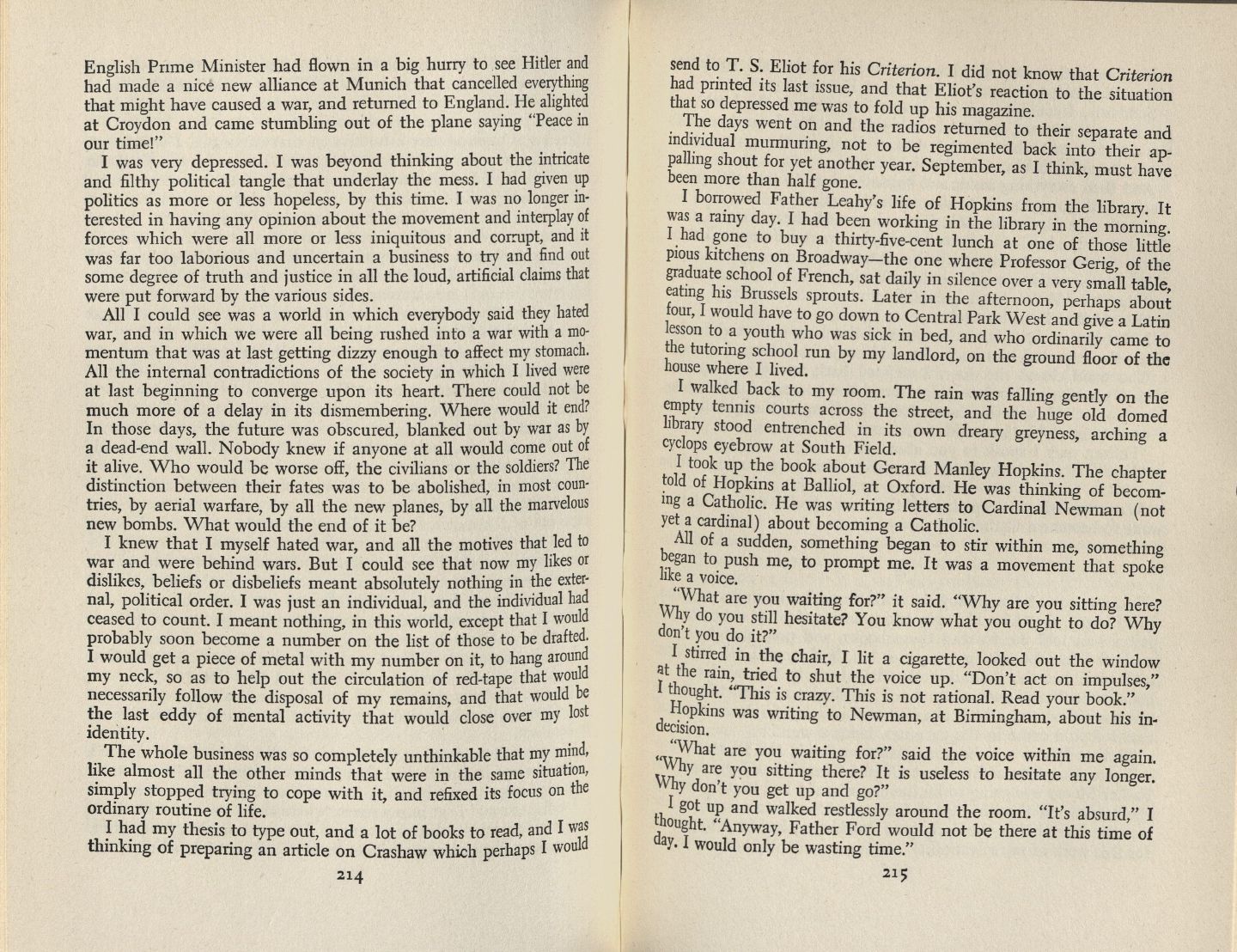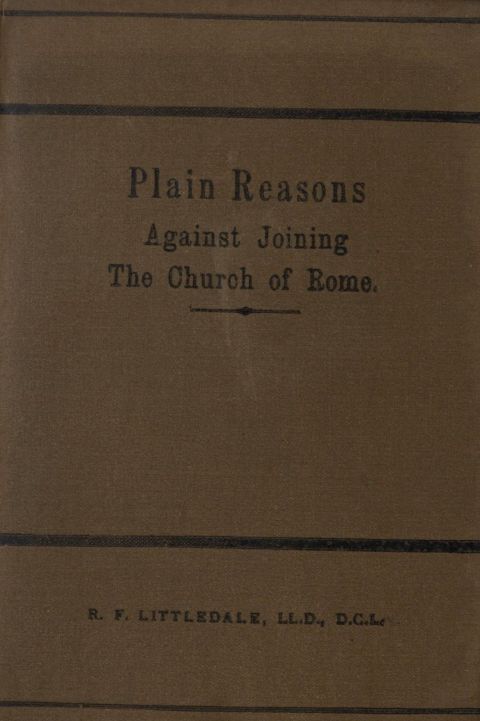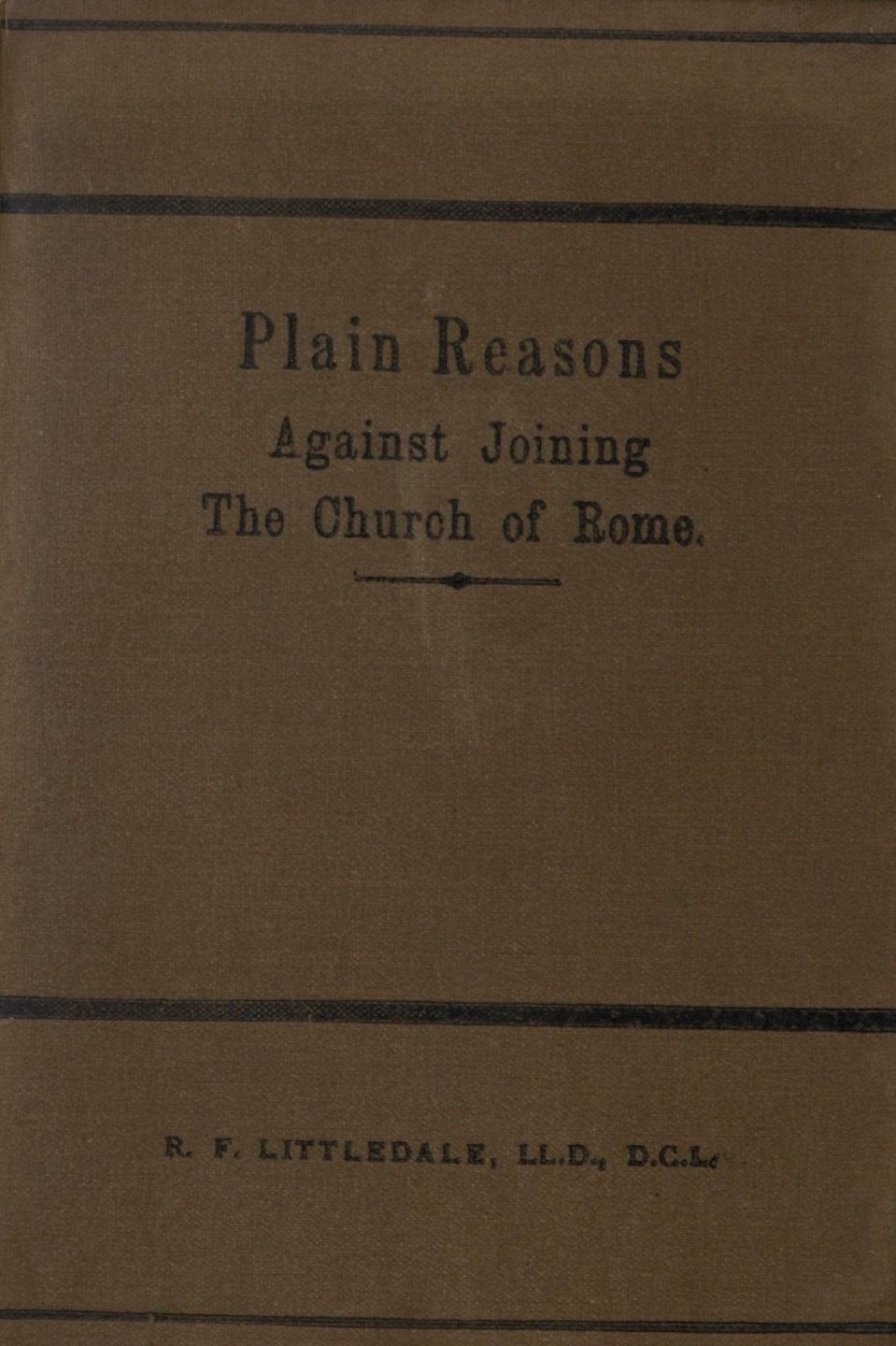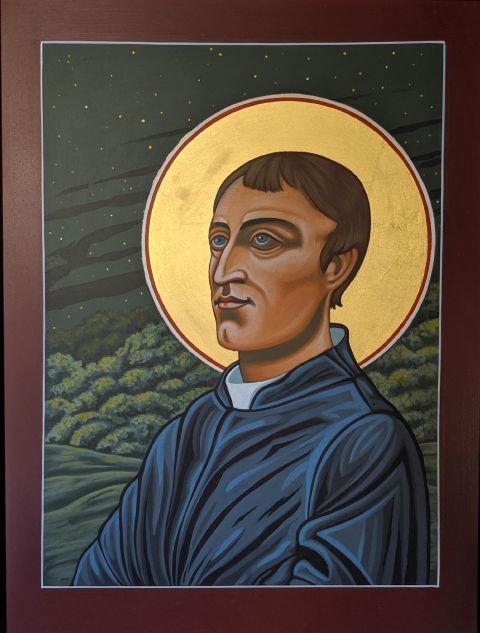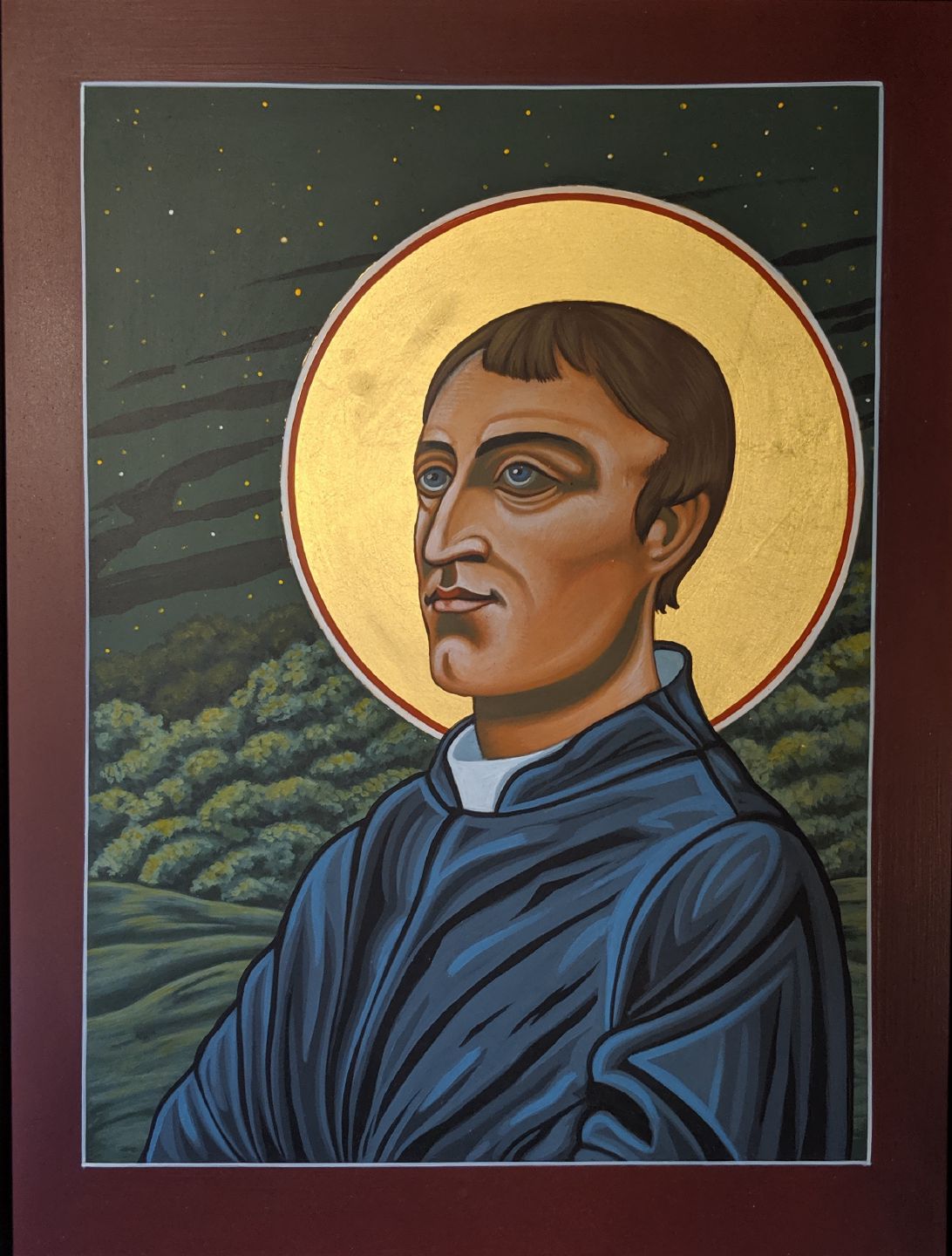Gerard Manley Hopkins
This selection includes works on and about Hopkins, such as the first biography, G. F. Lahey’s Gerard Manley Hopkins. A Jesuit and early collector of Hopkins, Lahey maintained regular conversation with Joseph Keating, another early Jesuit interested in Hopkins, and Robert Bridges. Lahey would hold Bridges’s feet to the flame to release the Hopkins letters, calling it “intolerable, and contrary to the principles of scrupulous and painstaking biography.” The Lahey Papers in the Jesuit Provincial Archives at Farm Street, London, contain valuable information on the earliest work on Hopkins, including the misattribution by Alfred Thomas of a poem by Hopkins, “Original Lines on a Fossil Tree in a Garden at Highgate.” The collection also contains information on Hopkins from Joseph Rickaby, S.J., a fellow with Hopkins for three years in Theology: Rickaby drawing attention to Hopkins’s failure in theology and his concerns for the poor; Bridges wanting to show Lahey Hopkins’s unpublished verse; Lahey’s discovery of the Newman letters; and Hopkins’s sister Kate’s letter on Gerard’s hatred of ugliness. And there is this salient reflection on Gerard from Father Darlington, who writes on 13 July 1928: “H. had developed a remarkable platonic life as a Poet & Religious – his outward appearance, & his conversation adapted to the company of men he was – reveals little of his inner self…. H. was always full of fun simple jokes. He could not play the piano at all – but he occupied a good deal of his leisure in writing original musical accompaniment for Song Sylvia Who is She? Took him some time….”
The remaining material contains a page from Thomas Merton’s Seven Storey Mountain, in which Merton received spiritual prompting from reading Hopkins biography, written by Lahey (1930): “All of a sudden,” writes Merton, “something began to stir within me, something began to push me, to prompt me. It was a movement that spoke like a voice.” Boston College opened What are We? with Hopkins’s poem, “God’s Grandeur,” and Michael Harter’s Hearts on Fire, Praying with Jesuits (2004), similarly opens with “As Kingfishers Catch Fire.” One might wish to consider here Hopkins countless references to heart in his poems and sermons, especially his Liverpool sermon for Sunday, 26 June 1881, on “The Sacred Heart.”
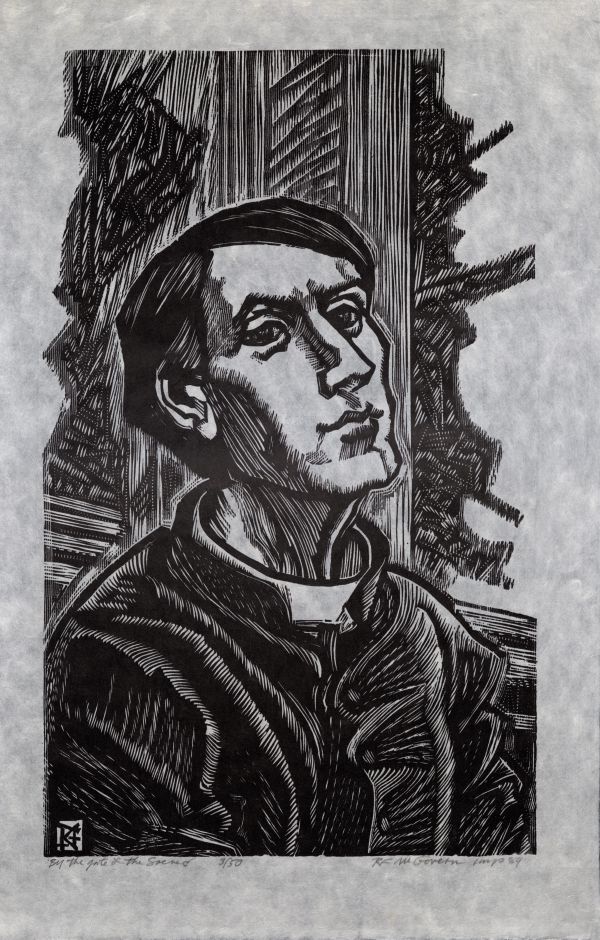
Gerard Manley Hopkin sprint 3/50 by R F McGovern, 1989
Box 14, MS1991-023, Hopkins Family Papers
Boston College’s Professor Paul Mariani joins the collection, with his insightful essay, “Revisiting the Catholic Imagination”. Paul offers a reading of “As kingfishers catch fire” to explore Hopkins’s verbalness of being: “what I do is me.” Paul calls this the “doing-be, the essential inscape of the thing,” to discover that “Each thing, then, doing what it was made to do, whether made by mortals, or—better—by the great God Creator.” This, says Paul, is the “sacral imagination,” discovering, inscaping as it were, Christ in each created thing. In Hopkins, the “Catholic imagination adds to the reading of creation.”
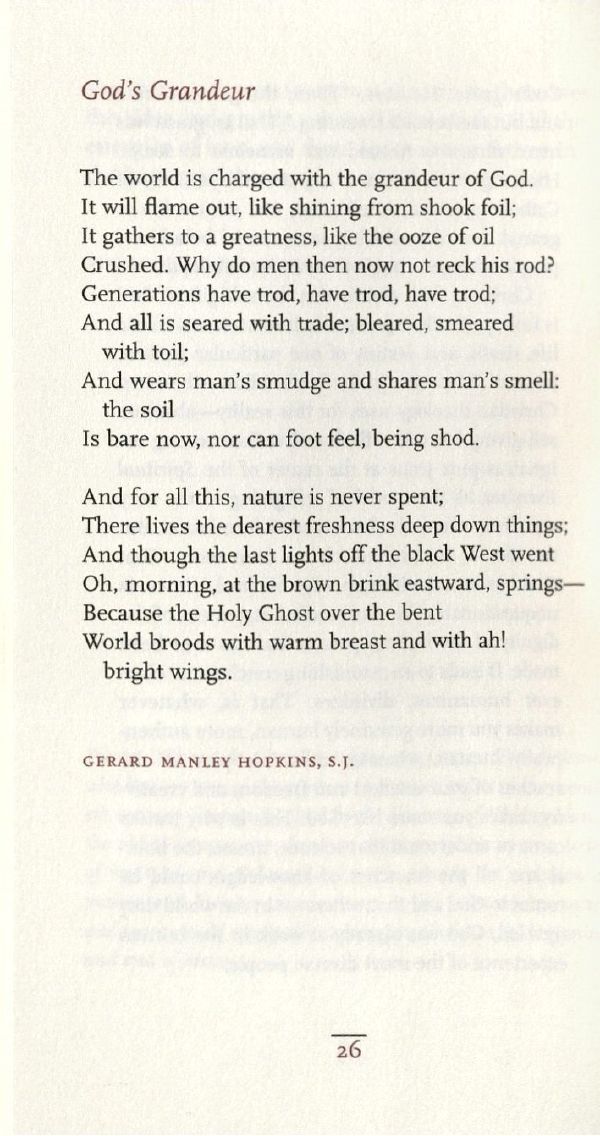
What Are We?
Boston College, What are we? : an introduction to Boston College and its Jesuit and Catholic tradition, BR561.B67 W4 2002 REF
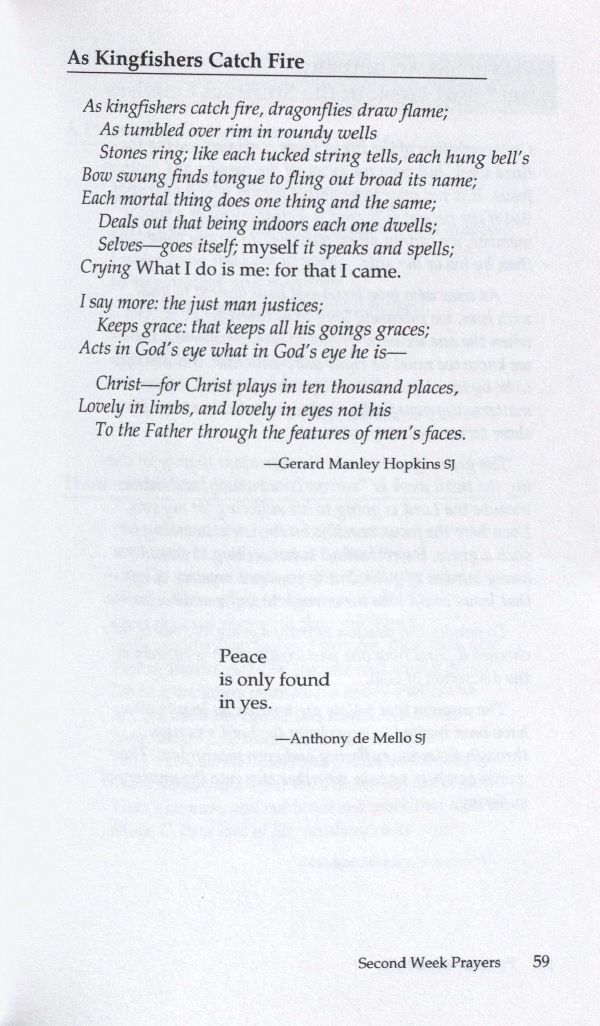
As Kingfishers Catch Fire
Harter, Hearts on fire : praying with Jesuits, BX2050.J47 H4 1993 LITURGY AND LIFE
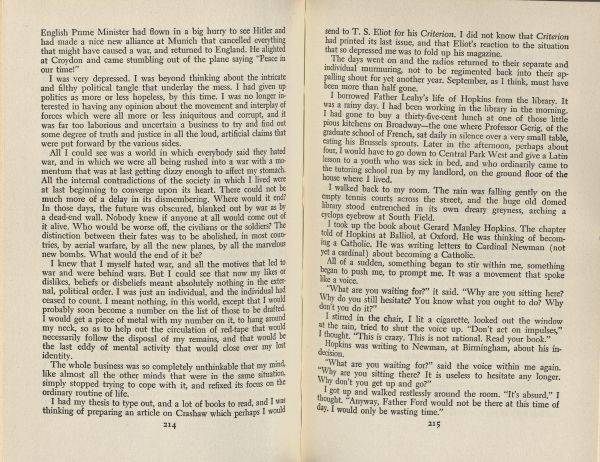
Seven Storey Mountain
Merton, Seven Storey Mountain, BX4705 .M542 A3 1948 MERTON

